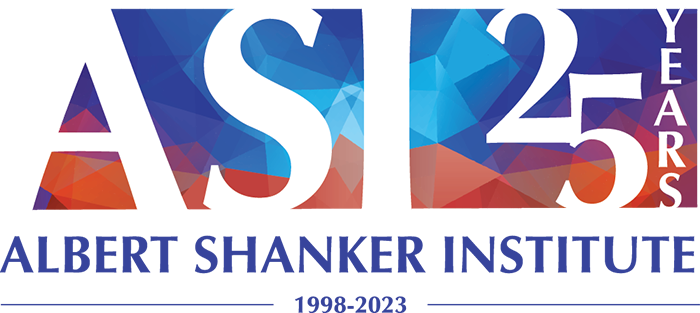Howard University School of Law Presidential Charge to the Class of 2025
Our guest author is Jaden Alexander Cody, a 2025 graduate of Howard University School of Law in Washington, D.C. and the 70th Student Bar Association President of Howard University
Good afternoon everyone, it is a delight to share this space and this air with you all today. To President Vinson, to Provost Wutoh, to Dean Fairfax, Senator Alsobrooks, faculty, staff, esteemed alumni and guests, families and loved ones, I bring you greetings, but most importantly to the reason we are all here today, the class of 2025! Good afternoon, to you!
My name is Jaden Alexander Cody, I am a graduating Third-Year Law student here at the University from Atlanta, Georgia and I have had the esteemed privilege of serving as the 70th Student Bar Association President of Howard University and thus Student Body President of Howard University School of Law.
Before I continue, I want to just take a moment and class if you would join me I’m gonna need you… Because as much as we like to think it’s us and our brilliance, hard work and grit that got us to this seat, I’m sure those who filled the seats around us and online would disagree. All of us are here because someone or a lot of someones ensured that we had what we needed to graduate today, whether it be prayers, calls, textbooks, outlines, food, a roof over our head and or money, we are here because of a village behind us, so I want us to thank the villages that have convened here today for their part in ensuring that JD is about to follow our names. Lets thank the fathers, sisters, aunts, uncles, grandmothers and grandfathers, friends, spouses, children, linebrothers and linesisters. And of course, because our celebration shares a weekend with a special day, the mothers and mother-like figures that have impacted us, class, if you would join me in thanking them for all they have done for us.
While today we are ending a chapter as students of Howard University School of Law, we are entering a time of urgency, a time that scholars are noting already feels eerily similar to what many of us have learned about during our educational careers. We are standing in the days in which our children and their children will look back and either view our actions fondly, speaking our names proudly or question our complicity as we do those in Germany in the 30s, South Africa in the ’40s, 50s, and 60s or honestly, how we view peoples inaction in the face of injustice at any other point in American history. How will people be able to answer where you, where we, where the HUSL class of 2025 stood in history, how did we impact this field, that is so rapidly changing? How are we living out the mission of our University? How are we making the lives of minorities everywhere better? That is what I am here to welcome you to, welcome to a lifelong commitment to service, a lifelong commitment to justice, a lifelong commitment to equity, even when it makes some feel uncomfortable. That is what is expected of a Howard University School of Law lawyer.
